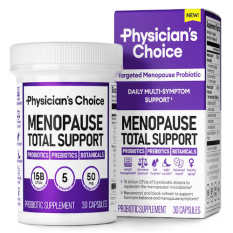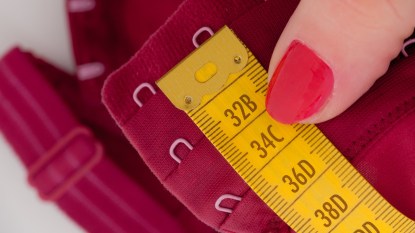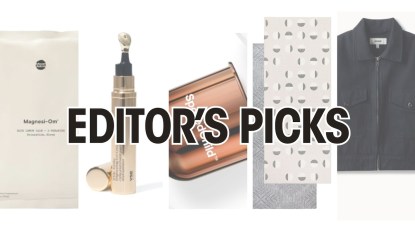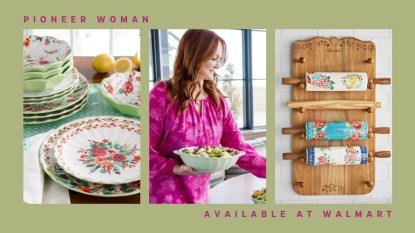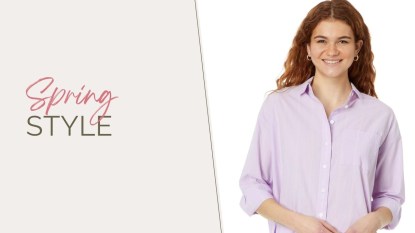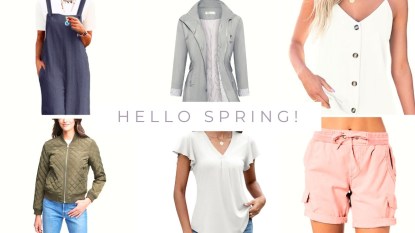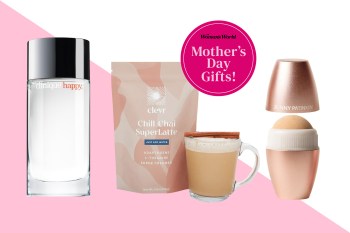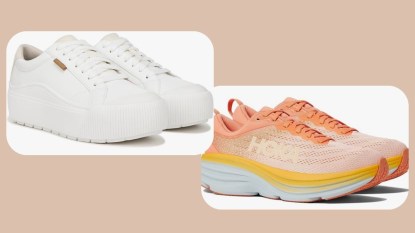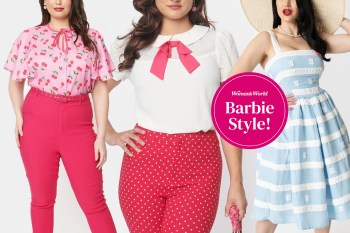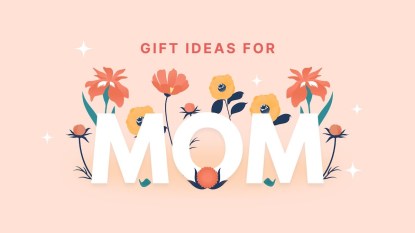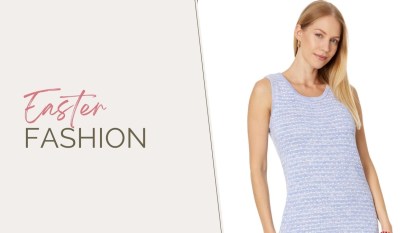Vintage Wedding Dresses are in Style Again — 35 Photos That’ll Transport You to the Past
The surprising and fascinating history behind some of the most popular bridal gowns
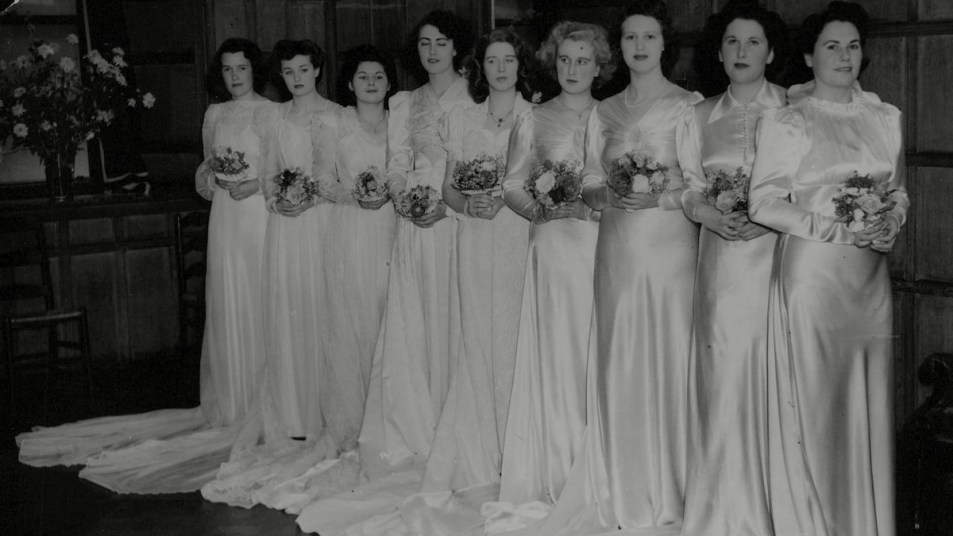
Your wedding dress is probably the most memorable (and likely the most expensive) dress you’ll ever buy — and you only wear it once! But this wasn’t always the case. According to London’s Victoria & Albert Museum, in the 18th and 19th centuries, brides would often rewear their dresses and make alterations to them. The now commonly-held concept of a “dress for a day” didn’t take off until the early 20th century, and over time, wedding gowns have become increasingly mass-produced and commercialized.
Today, the global bridal wear market is worth tens of billions of dollars. While many women buy their wedding gowns at department stores and chains like David’s Bridal, vintage wedding dresses are becoming increasingly popular, thanks to a growing interest in sustainability, and an interest in unique, nostalgic fashions.
With the summer wedding season about to take off, and the ever-growing popularity of vintage styles, it’s the perfect time to take a look back at some of the most popular wedding dress styles from the Victorian Era all the way to the 1970s. It’s fascinating to see how much bridal fashion has changed over the years — from long to short hemlines and back again. Keep scrolling for some of our favorite vintage images of vintage wedding dresses, along with the captivating stories behind them. Who knows, you may see a family heirloom in the mix, or get inspiration for an upcoming wedding or to renew your vows.
-
Edwardian Vintage Wedding Dresses
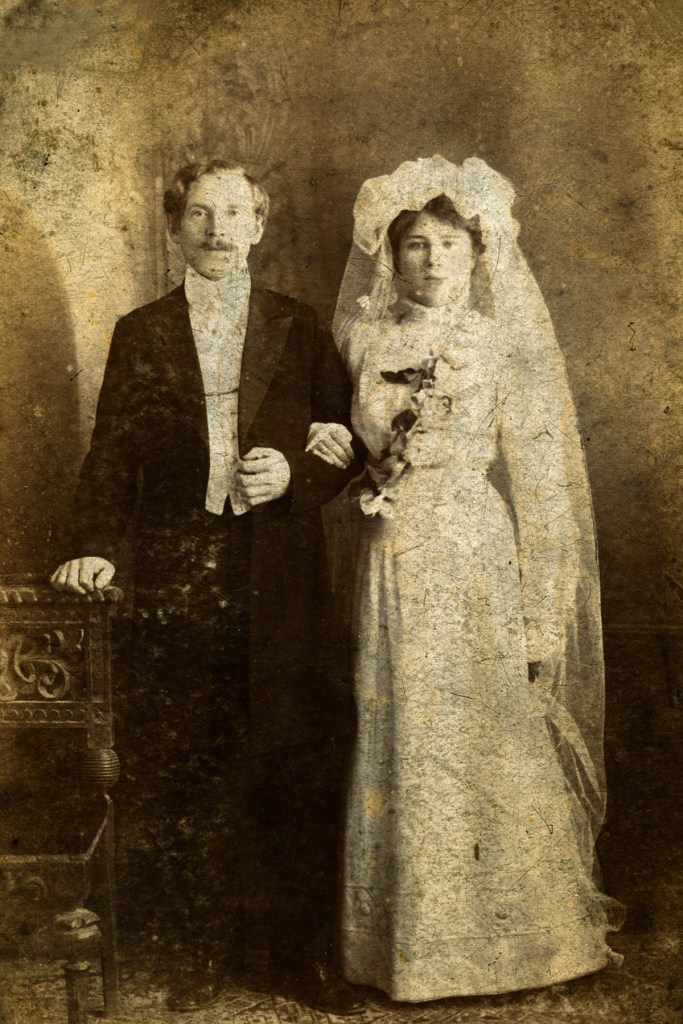
Getty Images In the early 20th century, wedding gowns were typically made of cream-colored satin, with long trains and lace trim. Frequently, these gowns featured orange blossom accents. These blossoms not only smelled lovely, they also symbolized virtue, love and fertility.
-
Dark Vintage Wedding Dresses
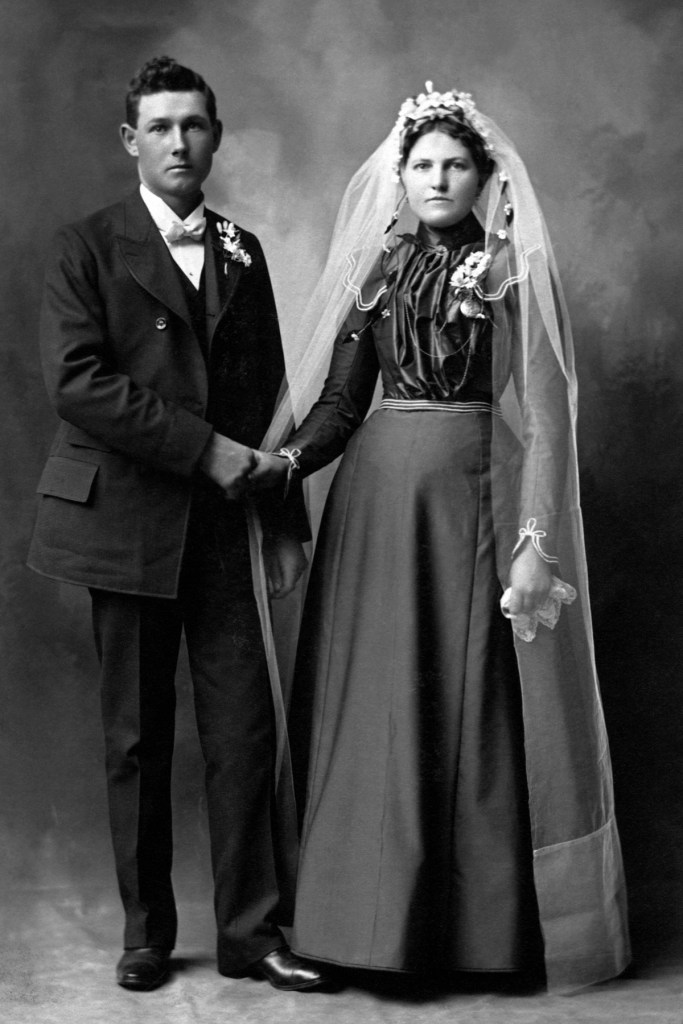
Getty Images Wedding dresses are always white, right? Not so fast! The experts at the Victoria & Albert museum note that the white wedding dress is a relatively recent phenomenon. In 18th and 19th century Scotland, brides often wore black. In 1788, Jean Armour famously wore a black silk dress to marry the famed poet Robert Burns, which may have set off the trend. Darker shades also increased the practicality of these vintage wedding dresses. Fashion historians point out that when brides wore black, the color may have been chosen out of convenience, so that the garment could withstand future wear.
-
Victorian Vintage Wedding Dresses

Getty Images Unsurprisingly, trends in wedding dresses during the Victorian era were inspired by Queen Victoria. At her 1840 wedding, she wore a white dress with a slim waist, full petticoat and lace accents. Vogue notes that this remains one of the most common wedding dress styles, and she also helped popularized the white wedding gowns that would come to embody matrimonial fashion.
-
Victorian Vintage Wedding Hats
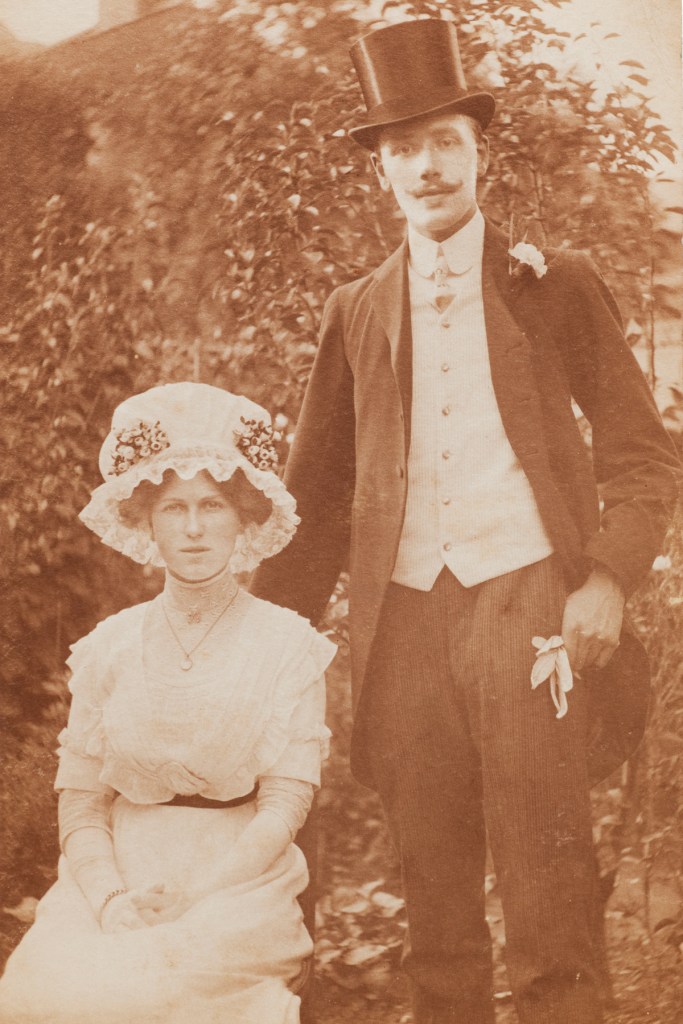
Getty Images Elaborate hats and headdresses were often seen at vintage weddings. Hats were status symbols worn by men and women alike, and they added a touch of extravagance to historical wedding looks.
-
Vintage Wedding Veils
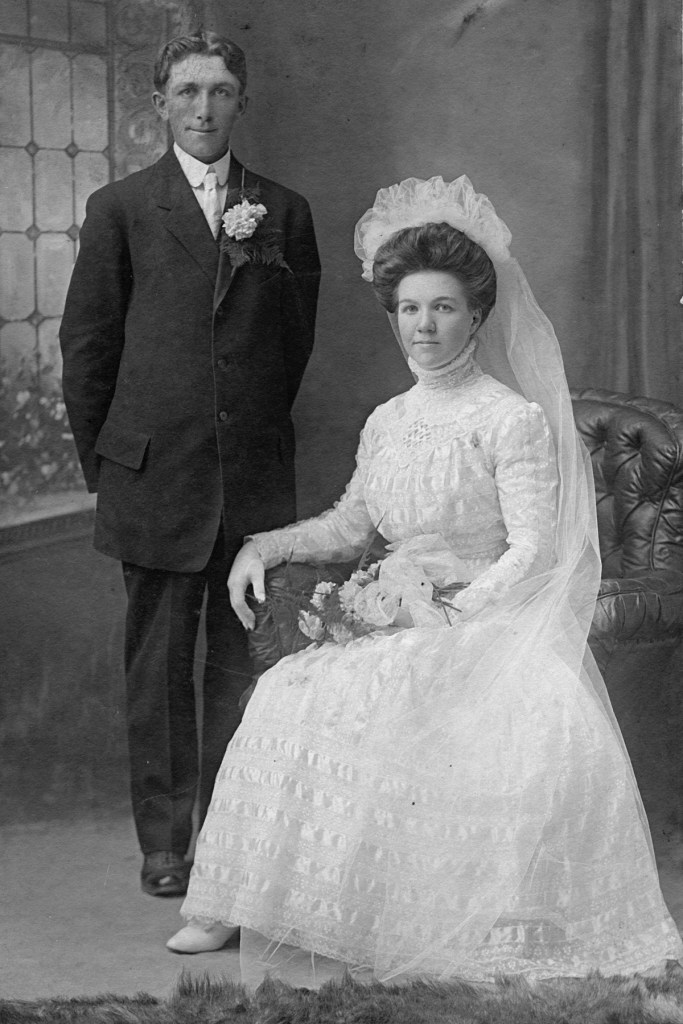
Getty Images While veils have been associated with brides for over a century, they actually were also often worn by wedding guests and bridesmaids in the 1830s. Veils are highly symbolic, and were believed to be a source of protection and a representation of a woman's new life.
-
Victorian Vintage Florals
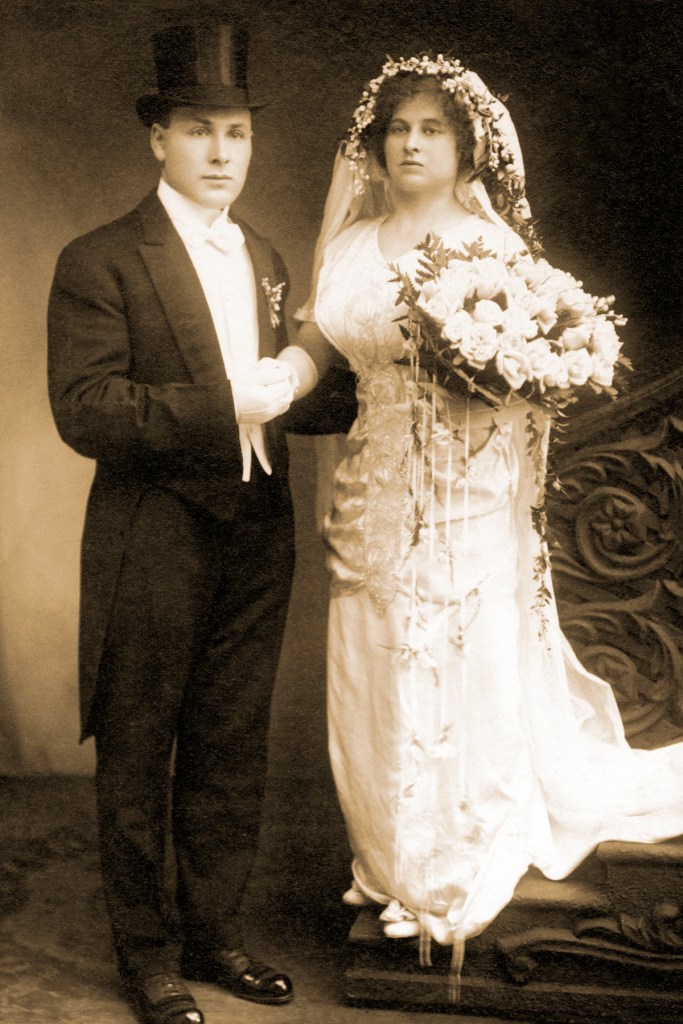
Getty Images Flowers have been part of weddings since ancient Rome. During the Victorian era, the language of flowers, or floriography, was popular, and this was reflected in the floral headdresses and bouquets at the time, many of which featured orange blossoms and other flowers believed to have positive associations.
-
Vintage Long-Sleeved Wedding Dresses
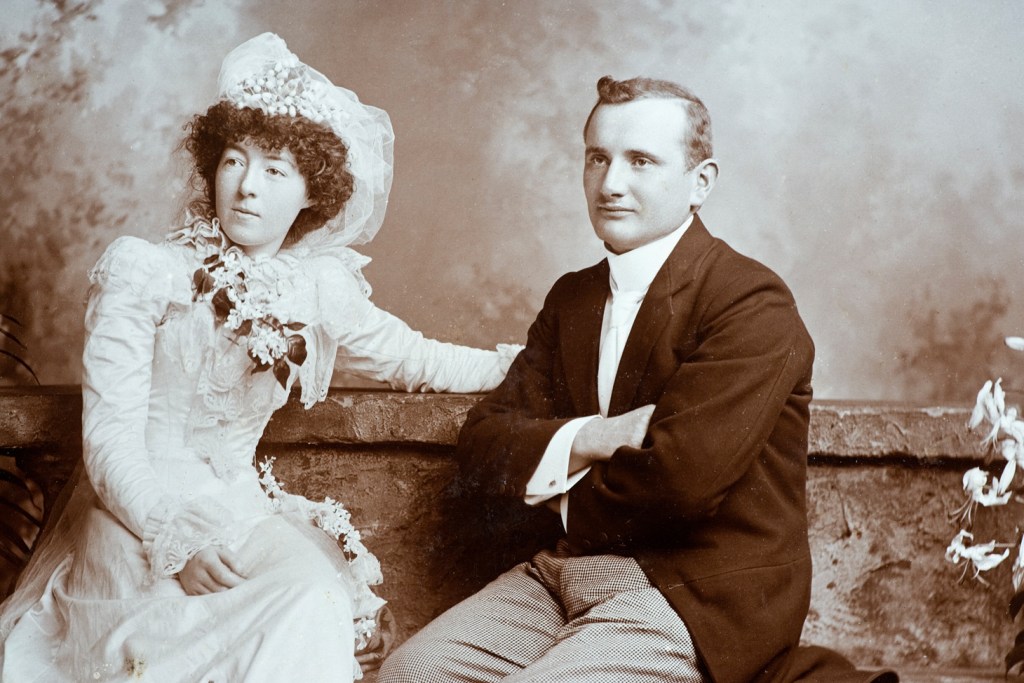
Getty Images Vintage wedding dresses were typically quite modest, with long sleeves that puffed out at the shoulders. Sleeves that were extra-poufed at the top were amusingly known as leg-of-mutton sleeves. Not the most romantic-sounding description, but they were prettier than the name suggested. Puff sleeves ended up making a comeback in the '80s (as seen in Princess Diana's famously voluminous bridal gown).
-
Tasteful Vintage Accessories
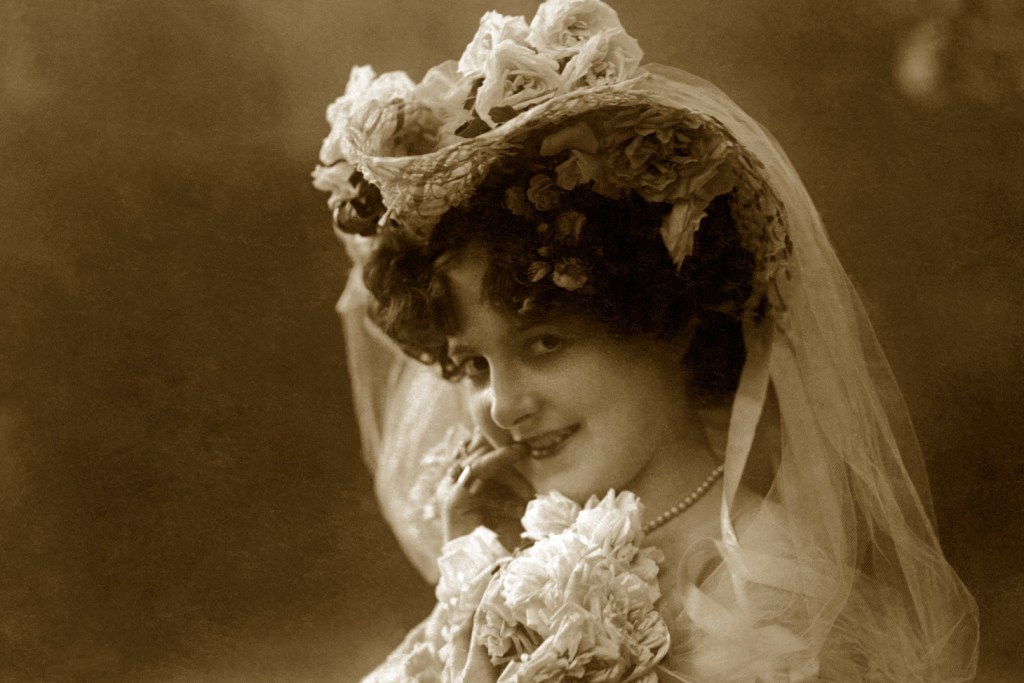
Getty Images Bridal accessories can include more than just wedding rings. As this vintage bride shows, in addition to floral veils and ribbons, a woman might also wear a simple strand of pearls and multiple rings (including a pinky ring) on her big day.
-
Vintage High-Neckline Wedding Dresses
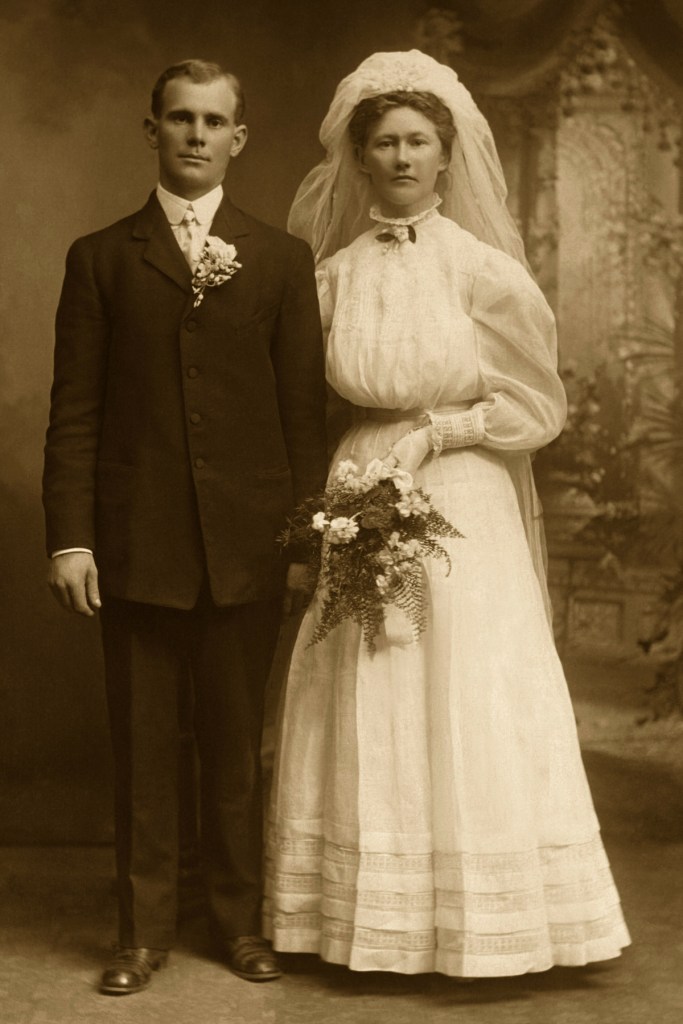
Getty Images High necklines were synonymous with the modesty and femininity of vintage brides. While strapless dresses and tank dresses are standard today, this certainly wasn't the case in the vintage era. The high-collar silhouette would make a comeback in the '70s, when prairie dresses reigned supreme.
-
Gibson Girl-Style Vintage Wedding Dresses
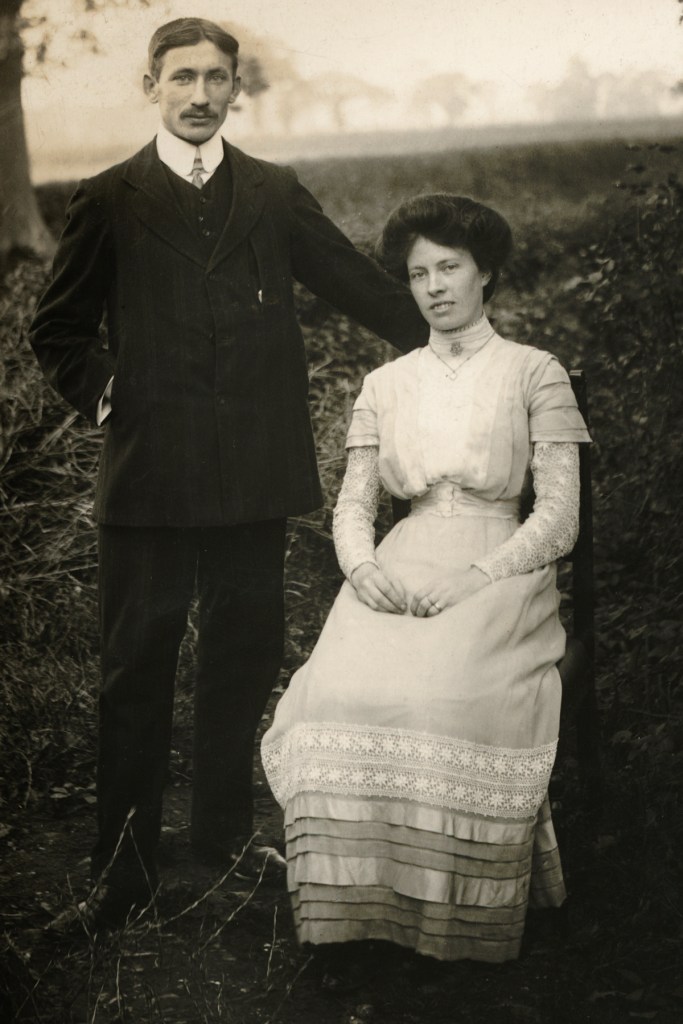
Getty Images In the early 20th century, wedding dresses were long and straight, with high necks and long sleeves, and were often paired with an updo. This look is typically associated with the Gibson Girl, an archetype of then-modern femininity seen in the famous illustrations of Charles Dana Gibson.
-
Vintage Sash Belt Wedding Dresses
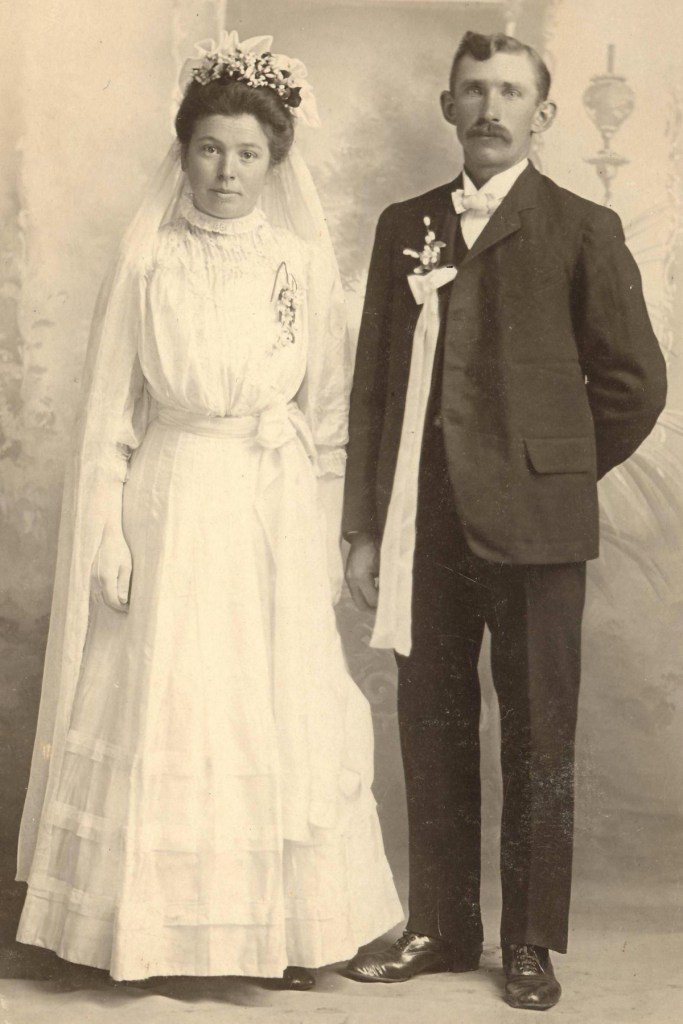
Getty Images Many Edwardian dresses had elegant sash belts which both nipped in the waist and acted as a pretty accent. In this image, the bride's sash belt and her husband's sash clipped to his blazer complement one another.
-
Vintage '20s Wedding Dresses

Getty Images In the '20s, modern style came into play in the form of more boxy, casual silhouettes. These vintage wedding dresses allowed for increased movement and ease. This was the era of fashion becoming more free and casual, which was reflected in the wedding attire of the time.
-
Vintage Short Wedding Dresses
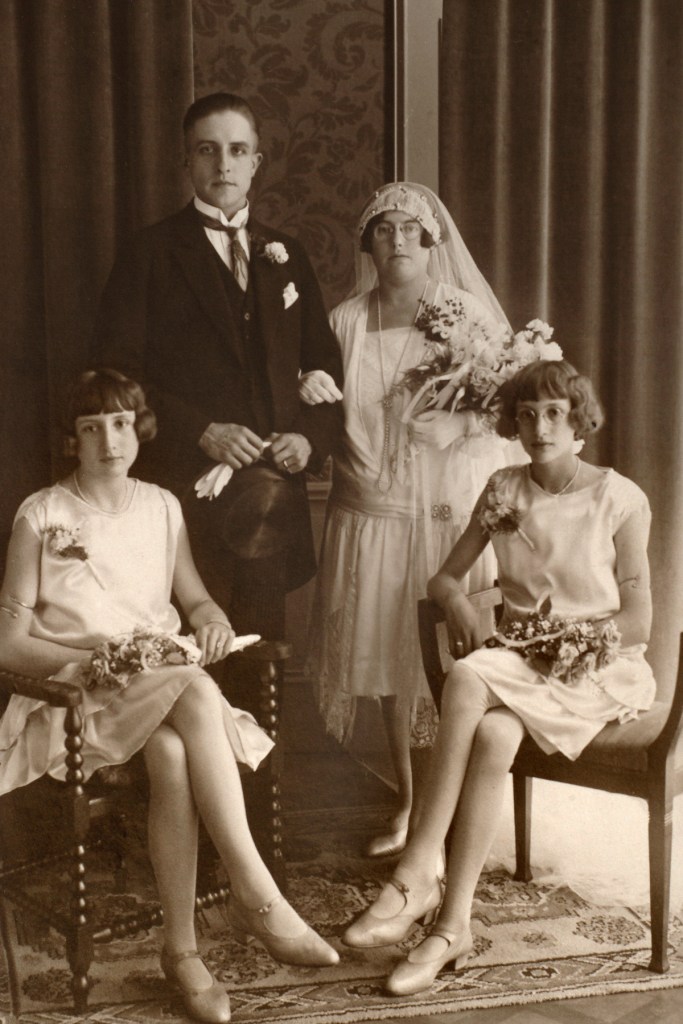
Getty Images Wedding dress became shorter during the '20s, in a sign of the times. The straight, drop-waist shape that's associated with the era was rooted in the young and modern flapper style that was popular.
-
Vintage '40s Wedding Dresses
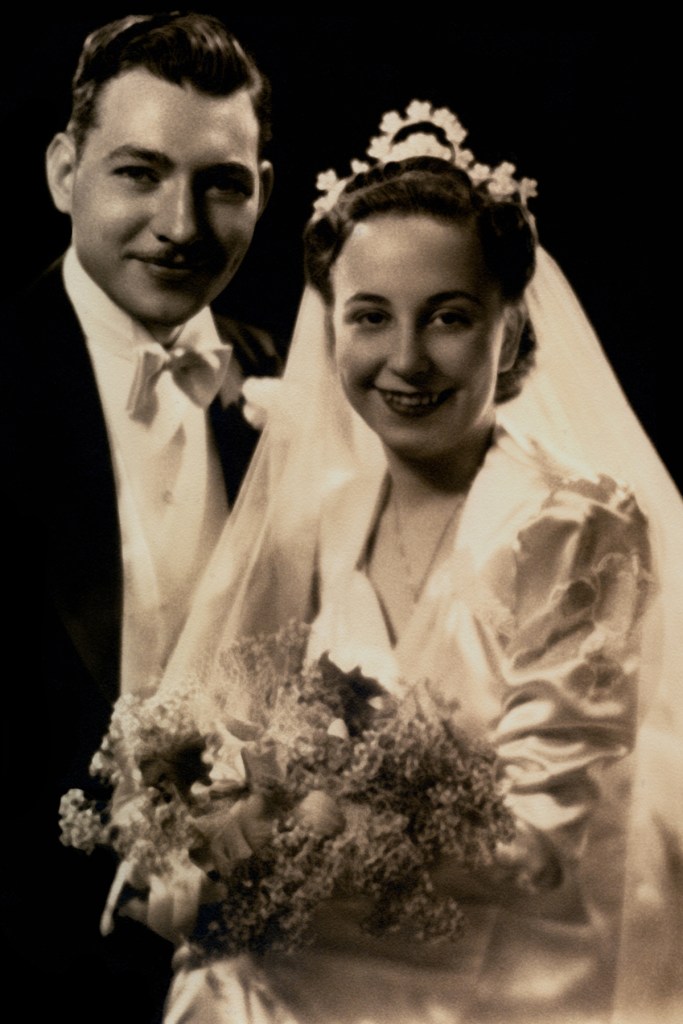
Getty Images During the '40s many wedding dresses took on a more minimal look due to wartime rationing and the somber national mood. However, the dresses were still lovely to look at. They were just a bit more simple than their predecessors.
-
Vintage Juliet Cap Veils
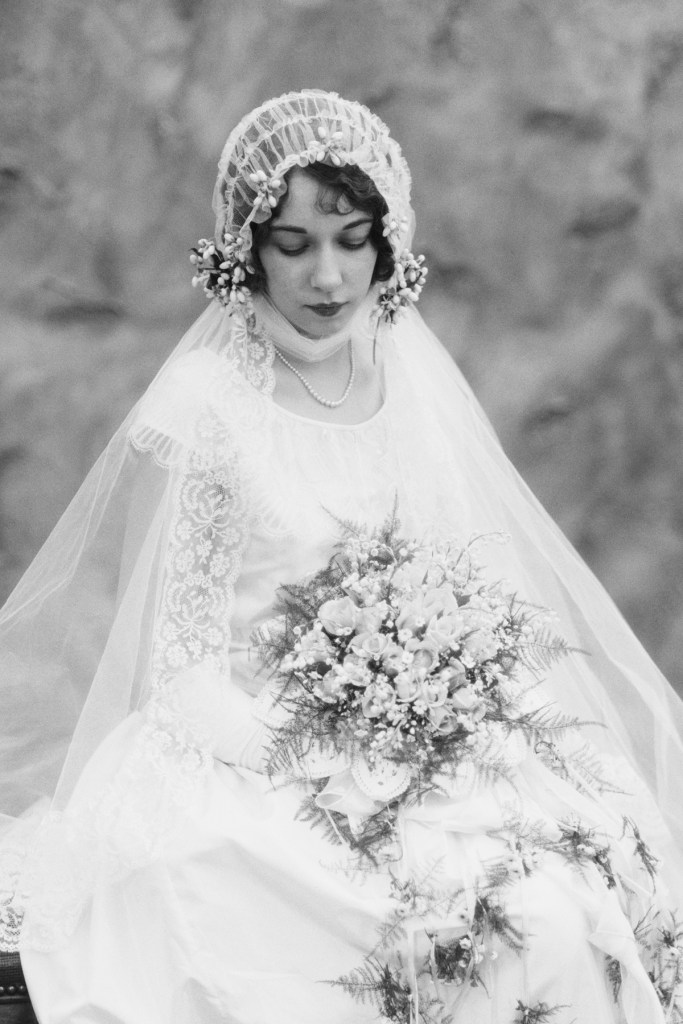
Getty Images Juliet Cap veils were a popular vintage style from the 1910s to the 1940s. Said to be inspired by Romeo and Juliet, they feature a traditional cap (known as a cloche) which covers the entire head and has a long, embellished veil attached to it.
-
Simple Vintage Wedding Dresses
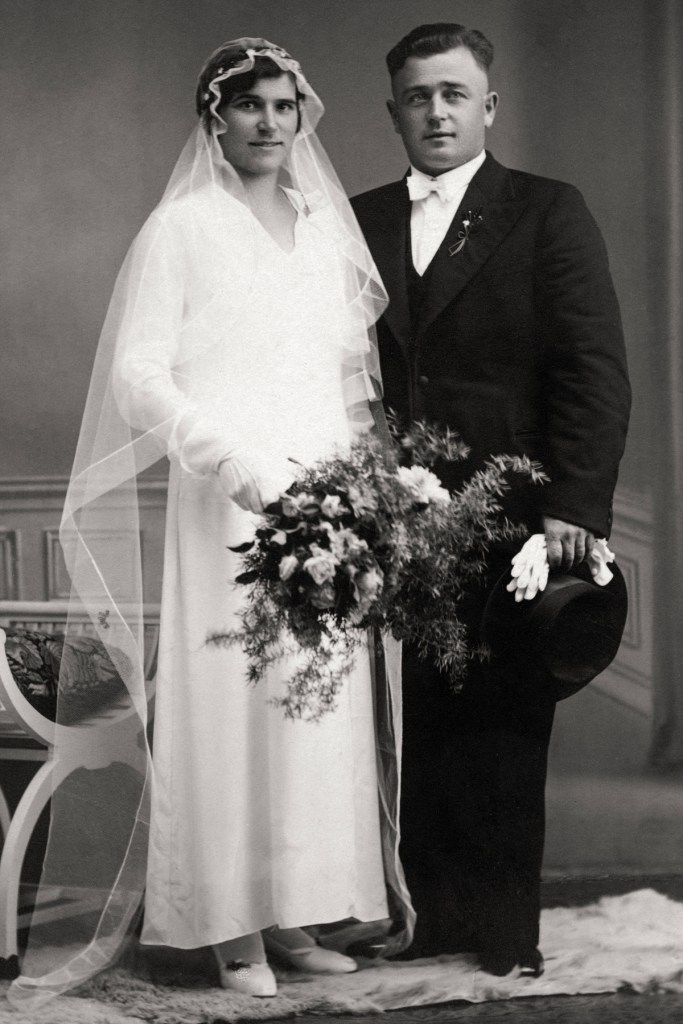
Getty Images Brides in the 1930s often opted for rayon gowns, because the material was cheaper than silk, satin and lace. This was the time of the Great Depression, so brides often wore their fanciest dresses or made their dresses themselves, as opposed to buying a wedding gown.
-
A-Line Vintage Wedding Dresses
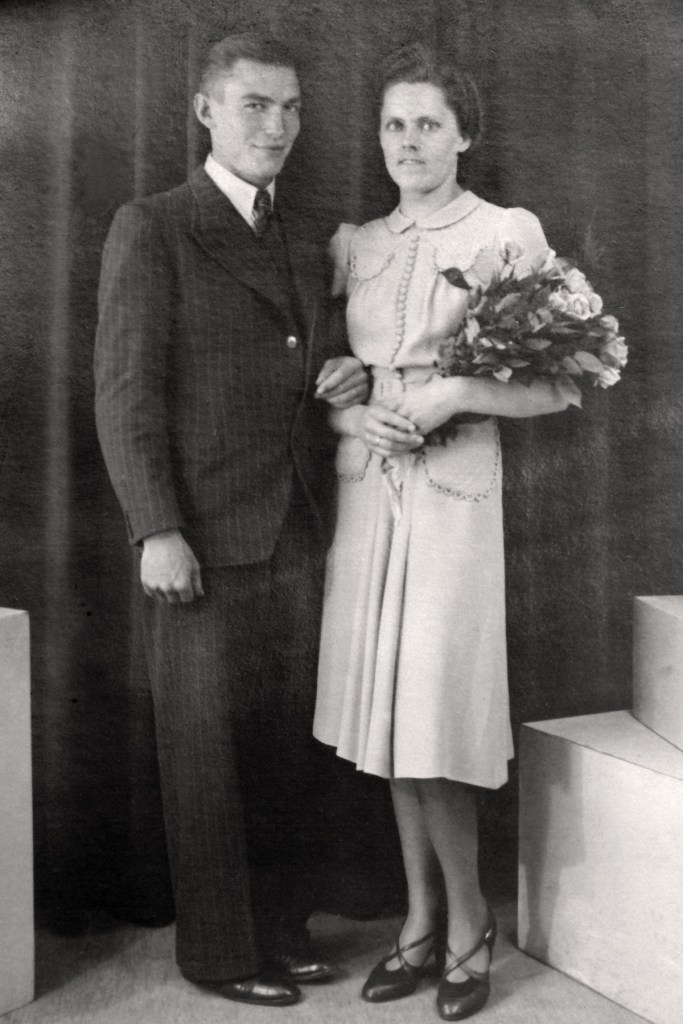
Getty Images More modern silhouettes like an a-line shape and shorter, less frilly skirt made the dresses of the '20s and '30s feel fresh. Instead of a fancy veil or train, some brides would wear dresses with sensible buttons, collars and short, delicately puffed sleeves.
-
Vintage Depression-Era Wedding Dresses
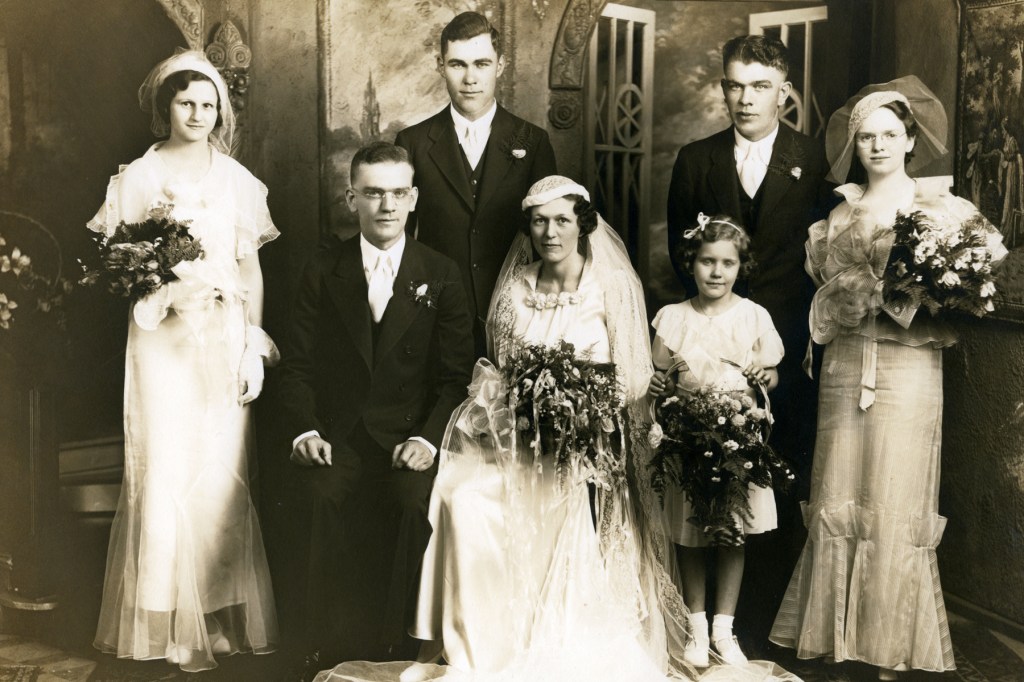
Getty Images Even if the Depression Era was a difficult time, women still found ways to enjoy their big day by repurposing their dresses and prioritizing simpler shapes. The gloves on the bridesmaid here are particularly evocative of the old-fashioned style.
-
Vintage '40s Wedding Dresses
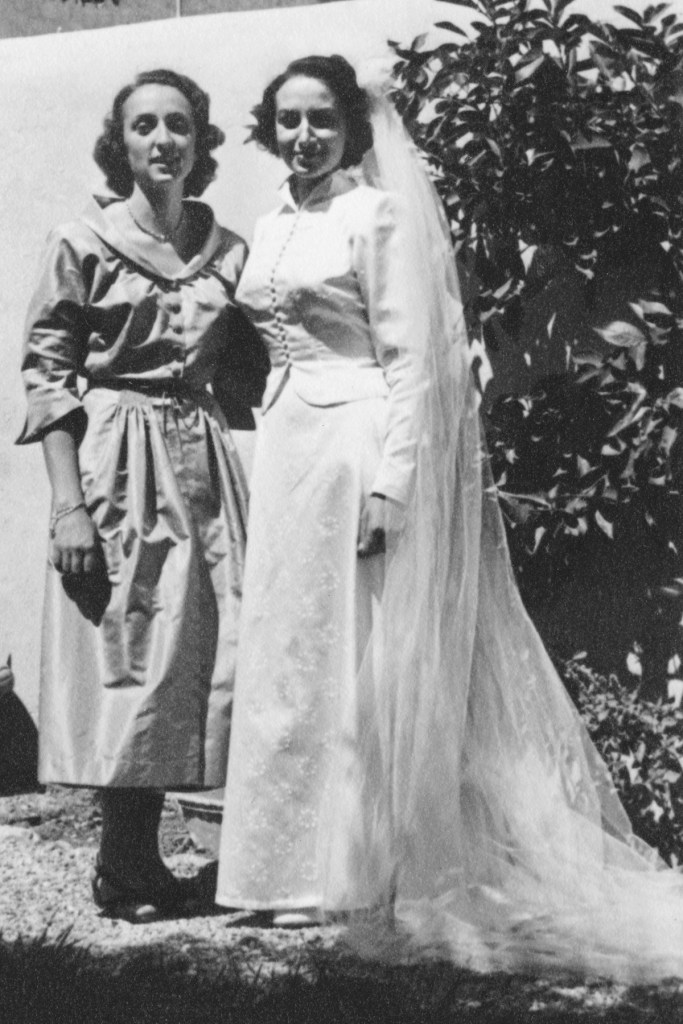
Getty Images After WWII, brides revisited many popular wedding trends from earlier eras, like long lace veils and long skirts. The buttoned bodice and long sleeves on this dress give a casual yet elegant look.
-
Vintage Sweetheart-Neckline Wedding Dresses
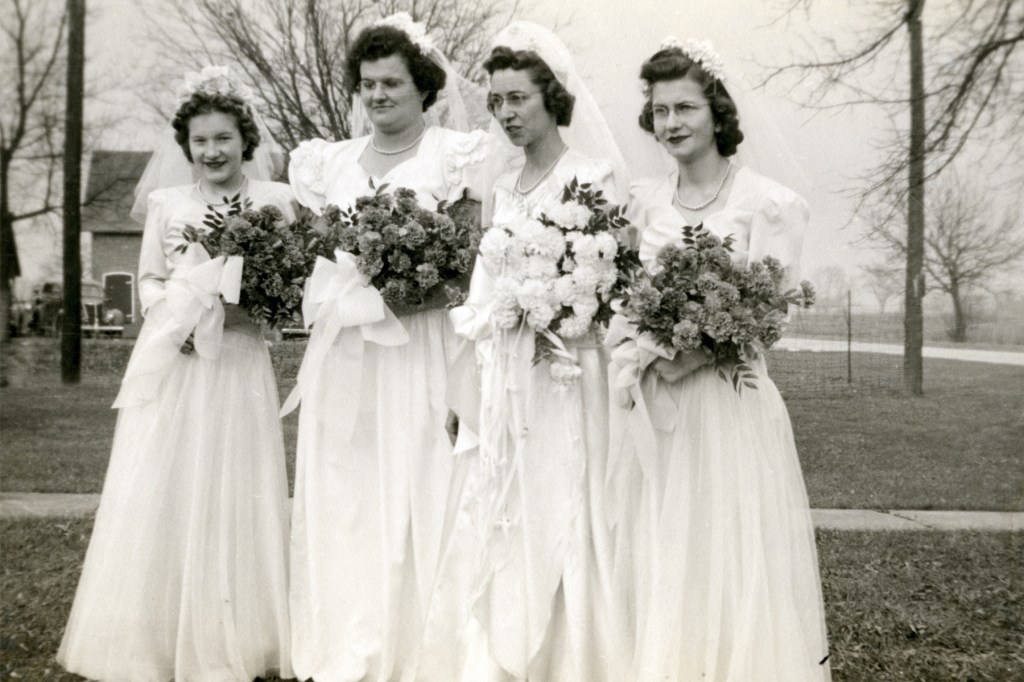
Getty Images In the '30s, white replaced the creams and ivories that were popular hues of older wedding gowns. The subtle sweetheart neckline was also coming into fashion at the time.
-
Vintage War-Era Wedding Dresses
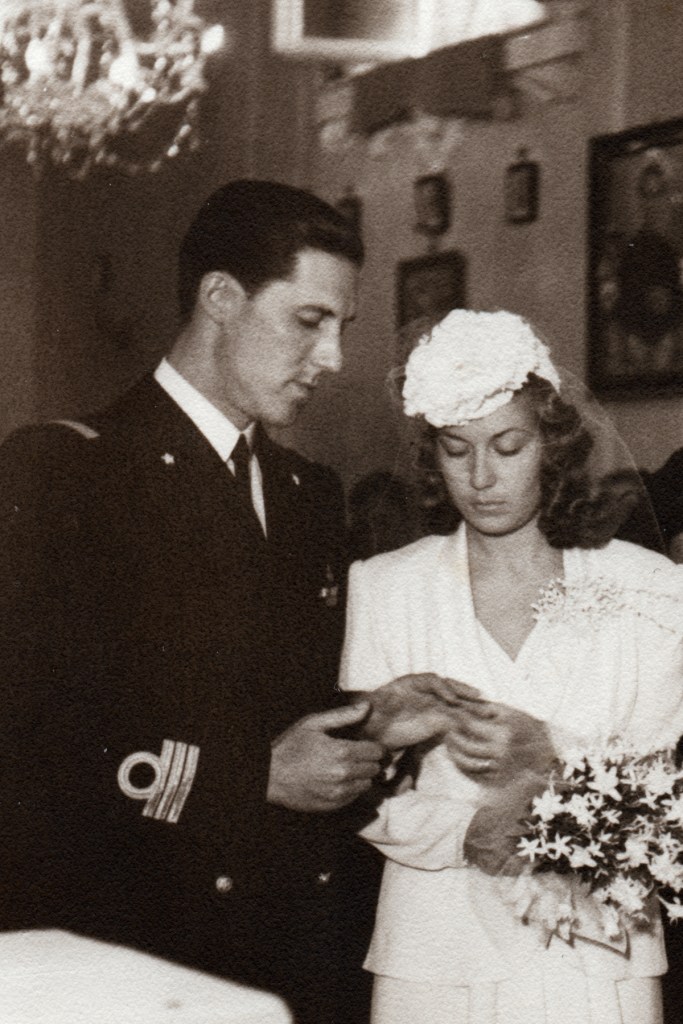
Getty Images During the '40s, America was in the middle of WWII and materials for wedding gowns were scare. As a result, ceremonies were often more low-key affairs, with families hosting wedding parties in their backyards. Women often wore shorter gowns with fewer details, and military men donned their uniforms.
-
Vintage Gathered-Sleeve Wedding Dresses
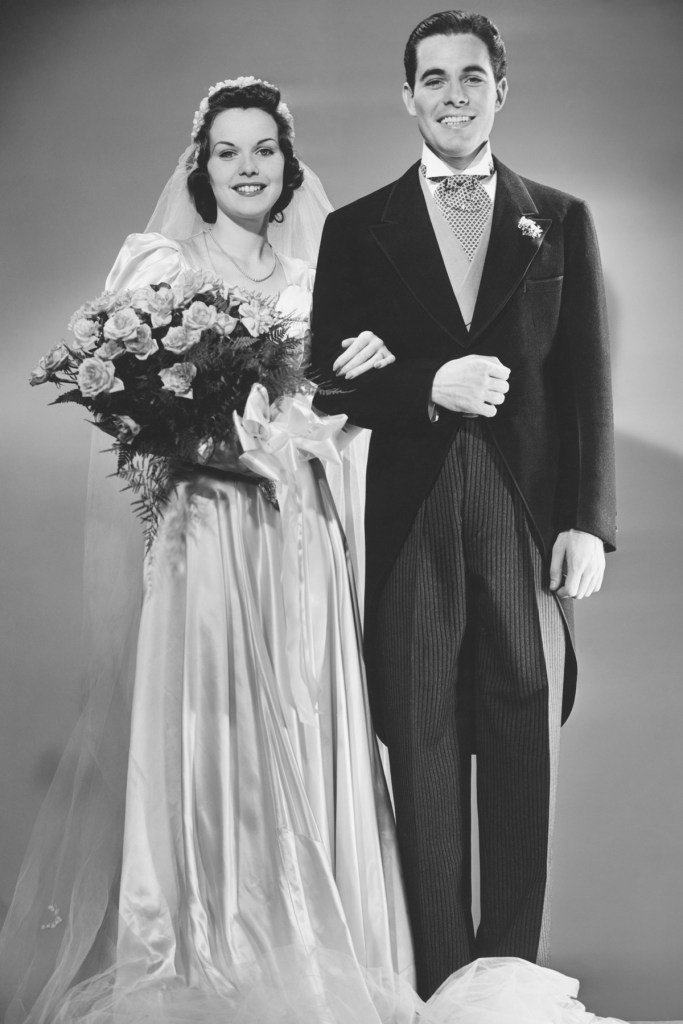
Getty Images Gathered sleeves were popular during the '40s. Queen Elizabeth's wedding dress is a perfect example of wartime fashion — even she had to stockpile rations to get enough materials for her gown.
-
Vintage '50s Wedding Dresses
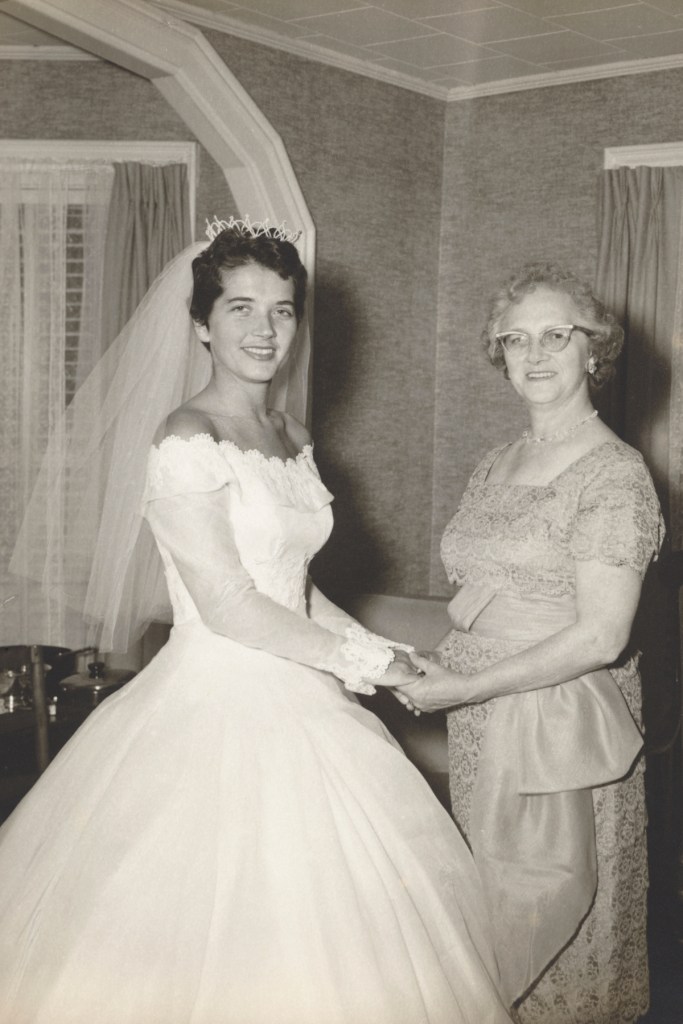
Getty Images Off-the-shoulder dresses became popular in the '50s. Simultaneously subtle and glam, this style was often worn by stars of the day like Marilyn Monroe.
-
Vintage V-Neck Wedding Dresses
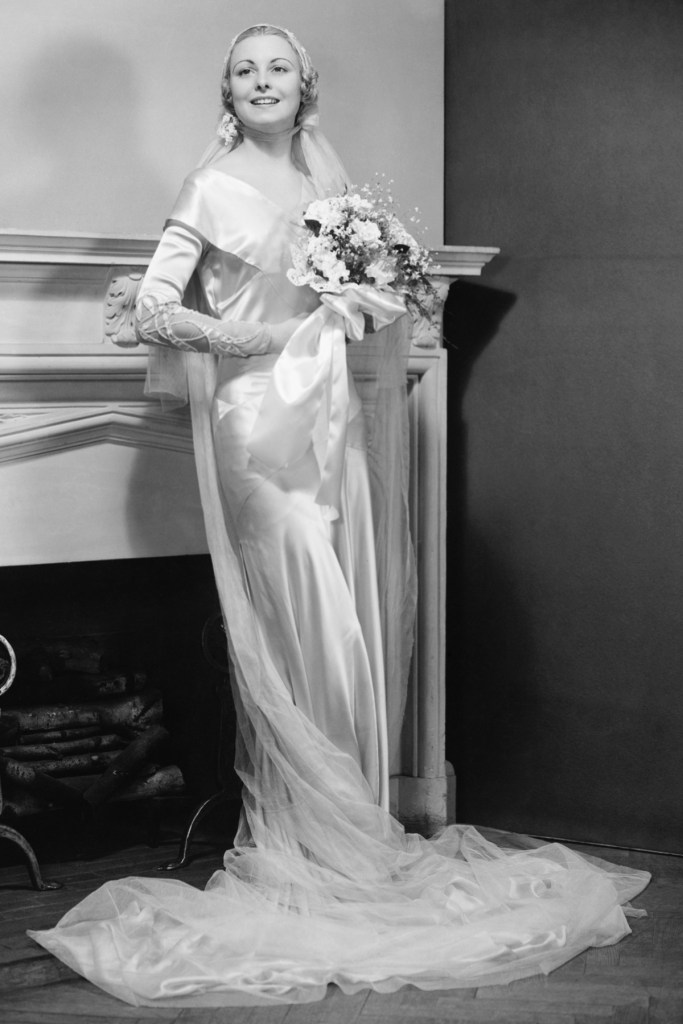
Getty Images A satin v-neck dress that erupts into a swirl of tulle at the bottom embodies the classic Hollywood-inspired fashions of the day.
-
Vintage Lace Wedding Dresses
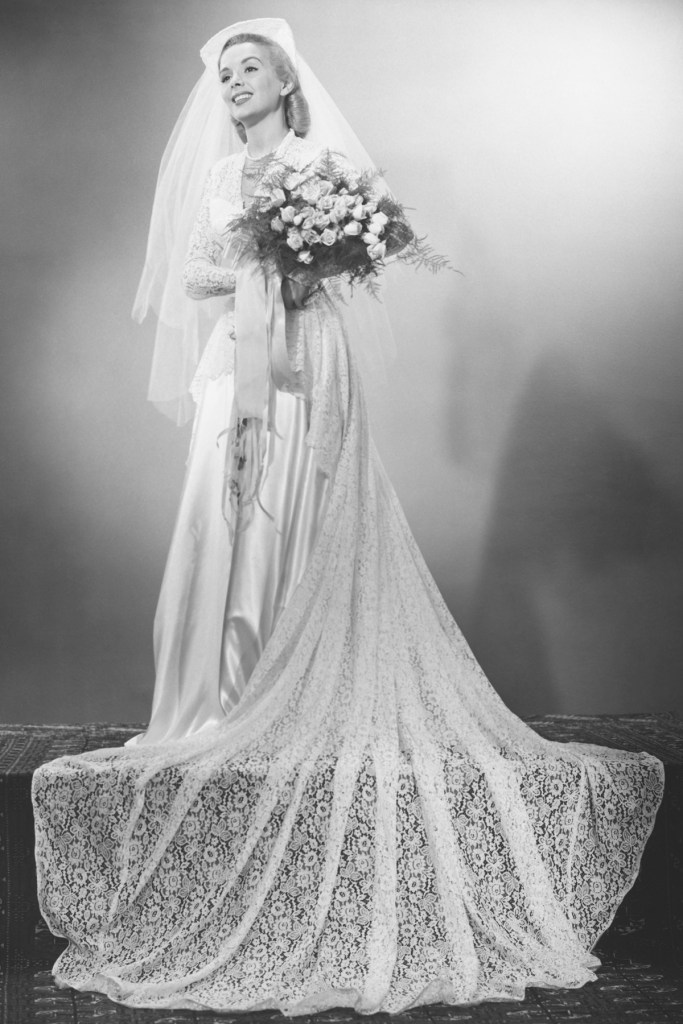
Getty Images The '50s was a prosperous time, and this was reflected in the day's dresses. Oodles of lace and modest layers like matching jackets felt fit for a queen, and were a far cry from earlier looks.
-
Vintage Modest Wedding Dresses
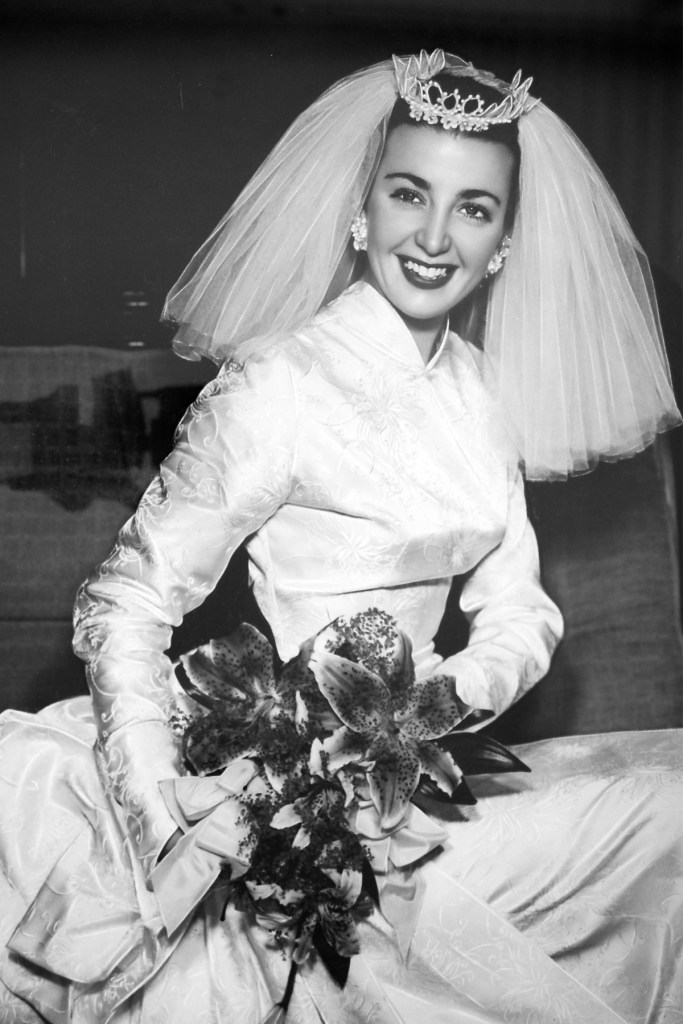
Getting Images While '50s wedding dresses with high necklines and long sleeves were modest, they still conveyed a stunning sense of glamour. During this time, brides took inspiration from the wedding gowns of screen icons like Grace Kelly, Elizabeth Taylor and Audrey Hepburn.
-
Vintage Fur-Trimmed Wedding Dresses
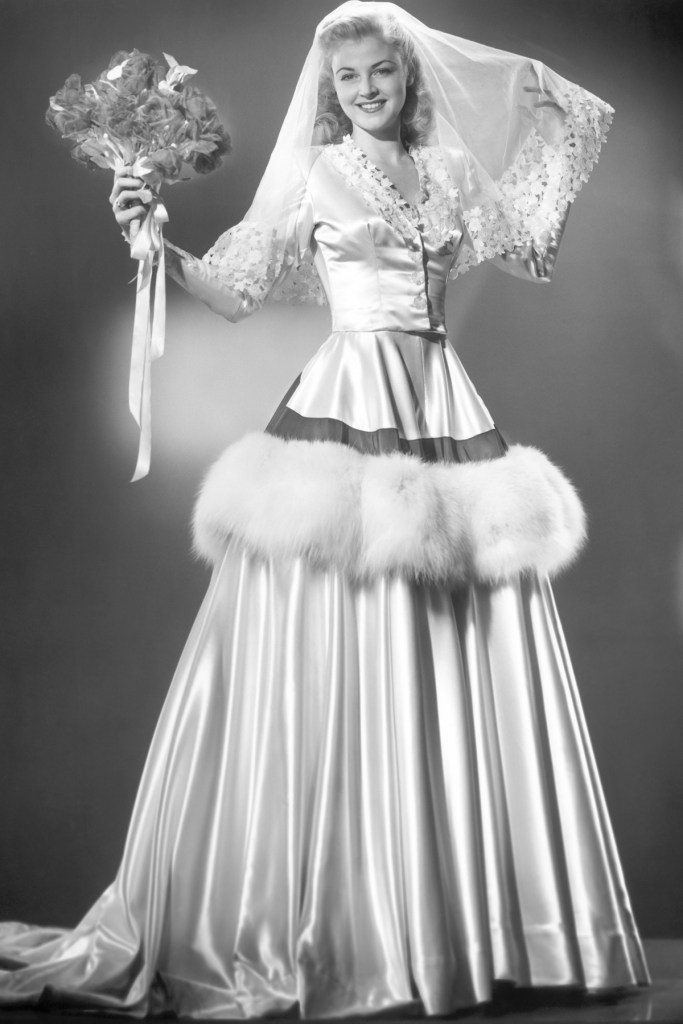
Getty Images Weddings can often be over-the-top affairs, especially during the mid-century economic boom. The vintage wedding dresses of this time were often bedecked in lace, satin, ruffles and even fur. During the '50s, fur was seen as a stylish status symbol, and wasn't associated with animal cruelty as it often is today.
-
Vintage Pillbox Hats
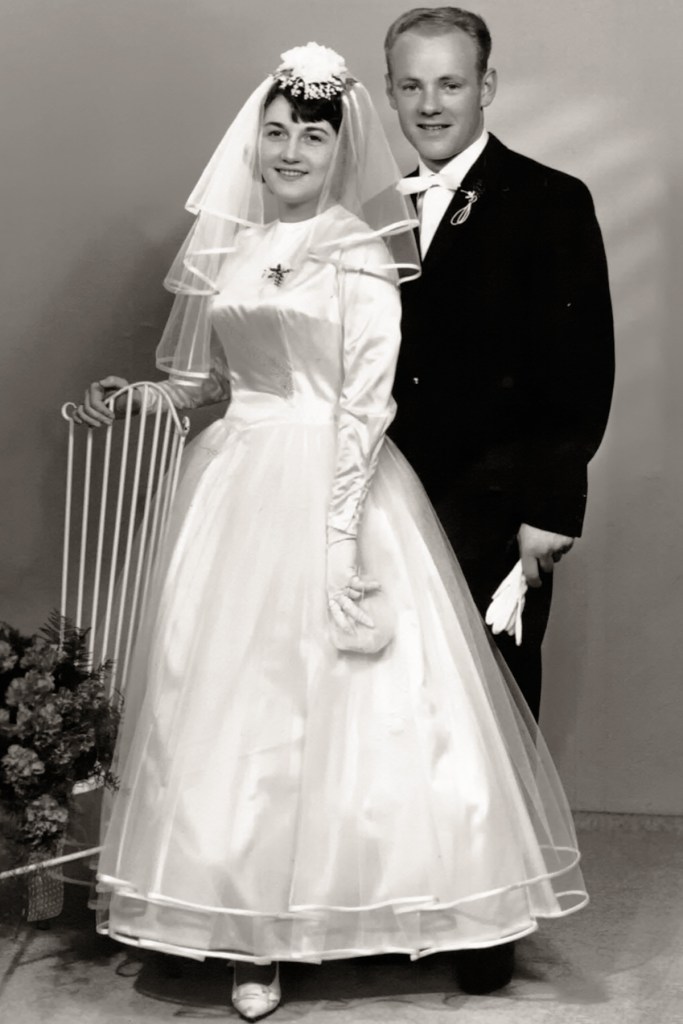
Getty Images In the '60s, veiled pillbox hats became a popular way for brides to mix contemporary fashion inspirations like Jackie Kennedy with classic romance. The pillbox hat is a bit less formal than headwear styles of the previous decades, which speaks to the youthful inspirations of that time.
-
'60s Vintage Wedding Dresses
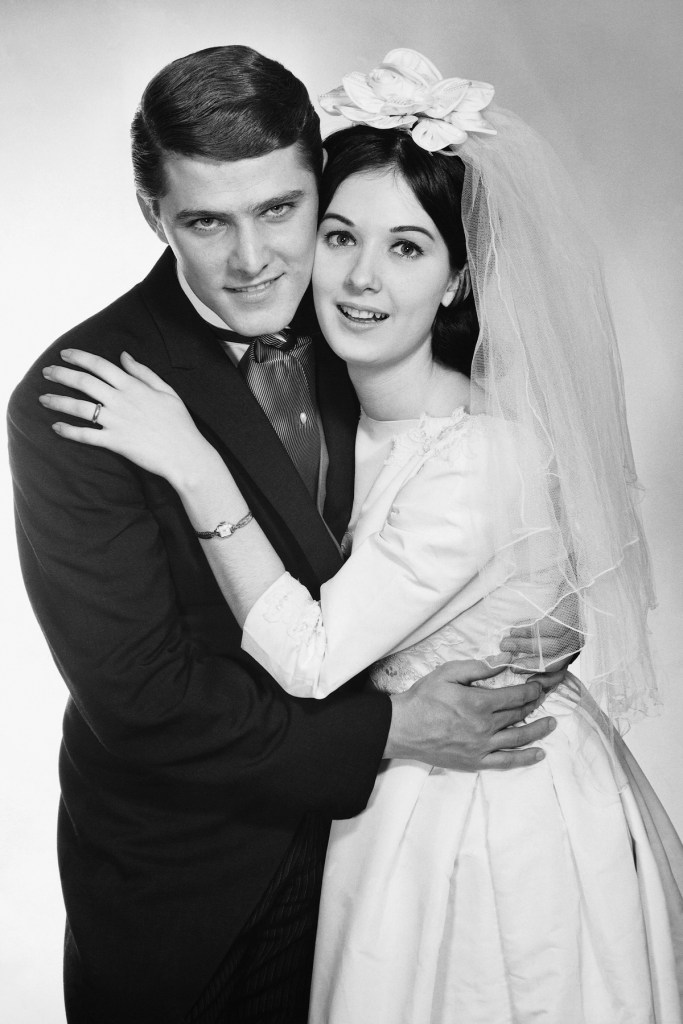
Getty Images In the '60s, veils became shorter and three quarter length sleeves were common. These sleeves offered a happy medium — more modest than a sleeveless dress but less stuffy than a long-sleeved one, they felt fresh, especially when they were part of structured, chic dresses made of crinoline.
-
Vintage Knee-Length Wedding Dresses
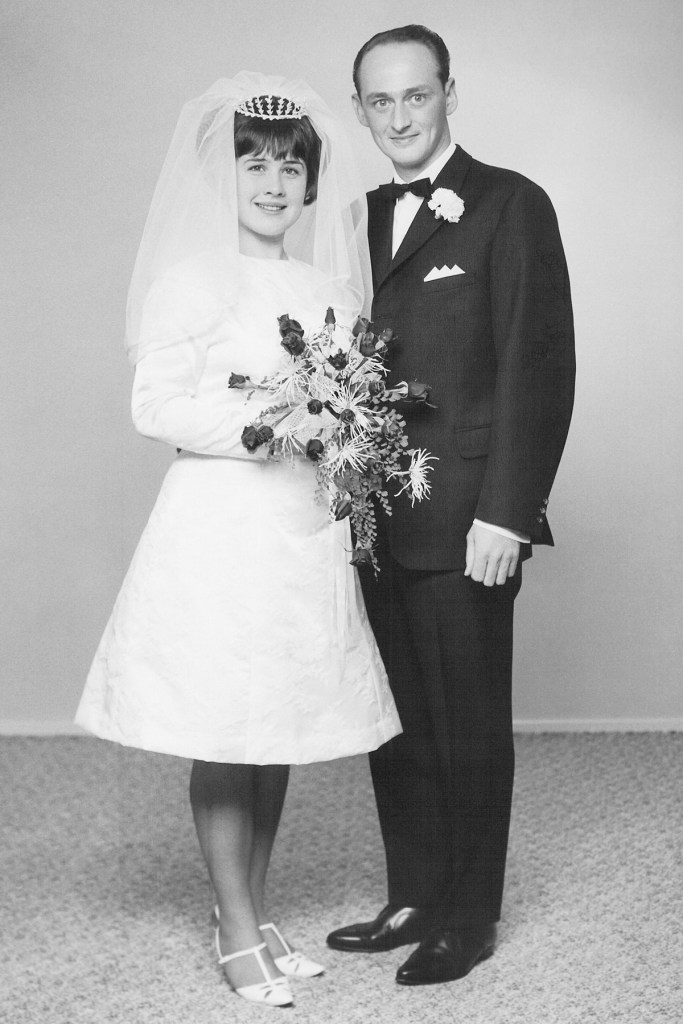
Getty Images For many years, vintage wedding dresses were so long they swept the floor. In the '60s, hemlines rose as brides opted for tea-length and miniskirt dresses to fit the trendy mod styles of the decade.
-
Vintage Crown Veil
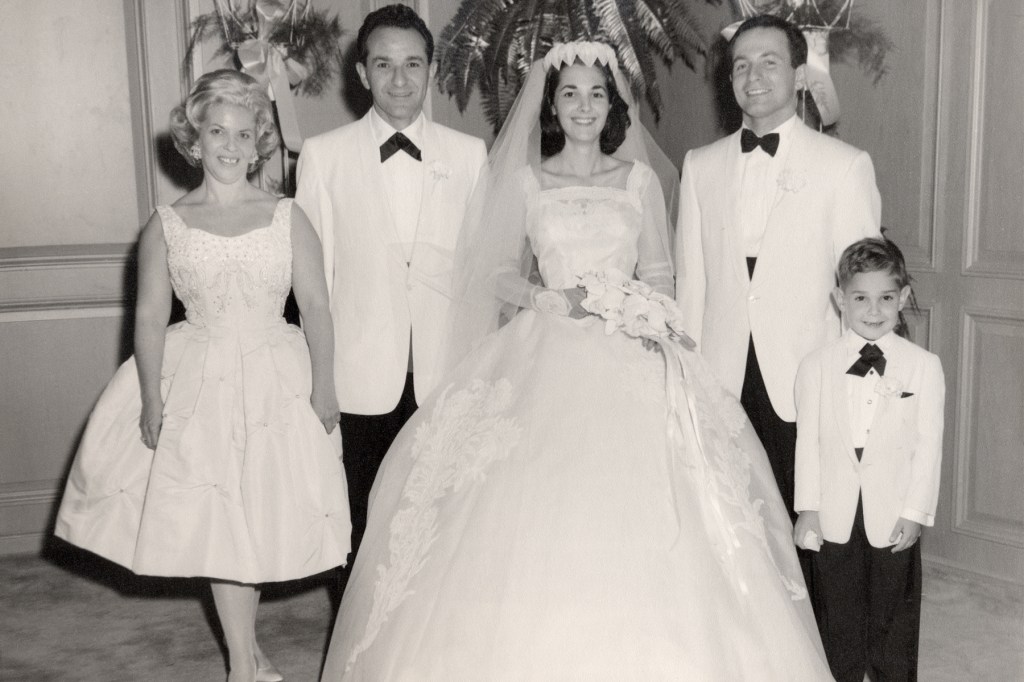
Getty Images Crown veils and squared-off necklines let early-'60s brides live out their princess fantasies. While hemlines would rise through the decade, full skirts — those '50s favorites, were still be many women.
-
Vintage Gloves
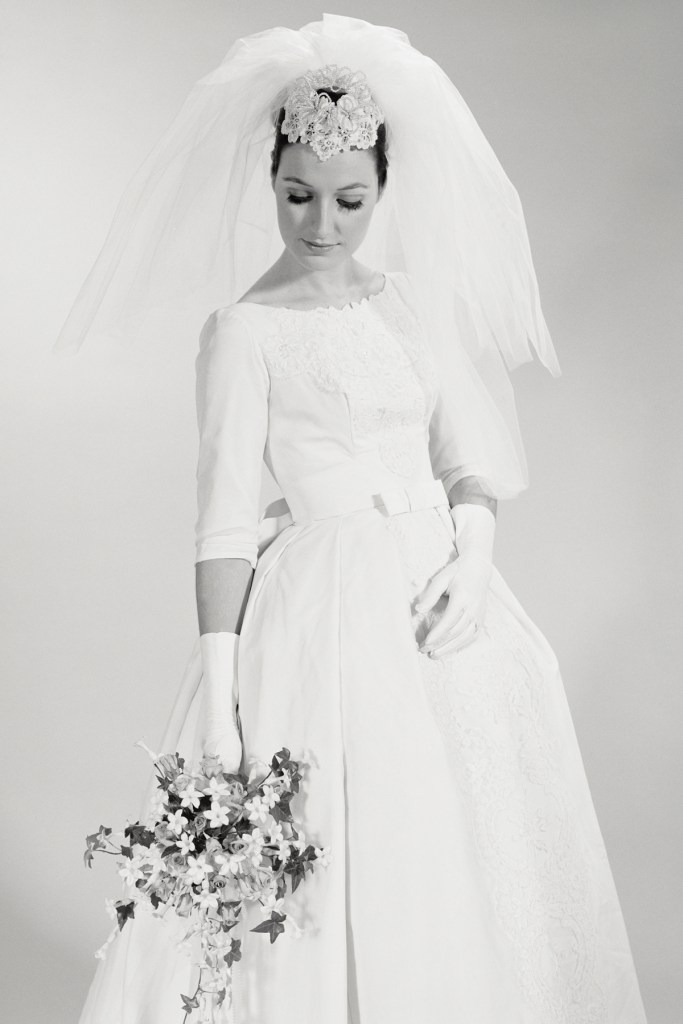
Getty Images A simple dress with a bow accent and demure white gloves embodied the softer, more understated side of the '50s. Gloves symbolized formality and composure, making them a perfect wedding accessory.
-
'70s Vintage Wedding Dresses
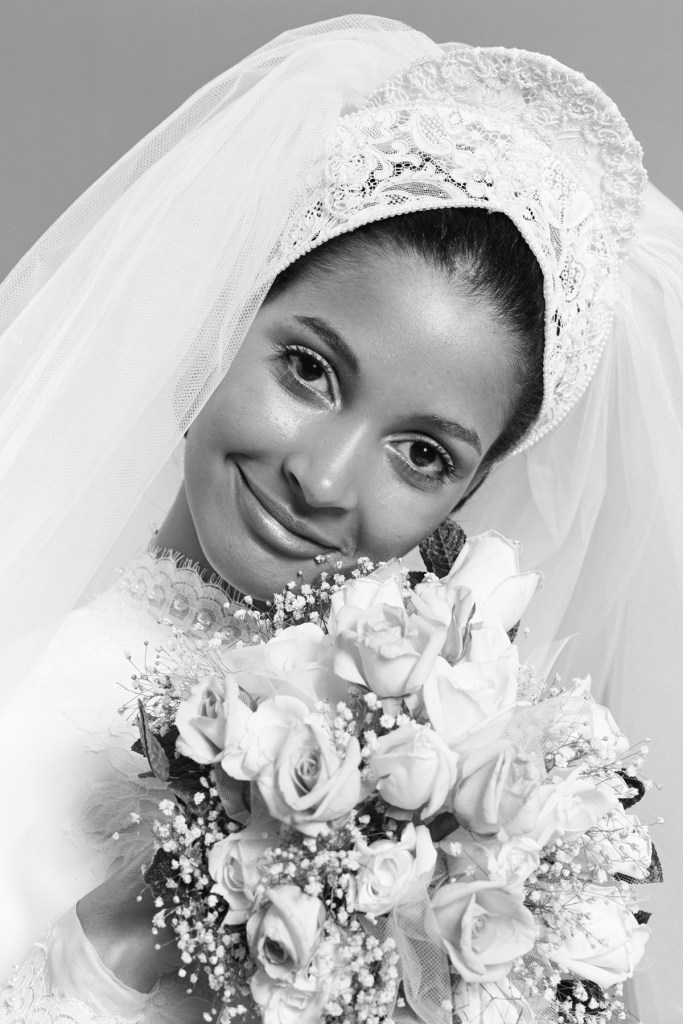
Getty Images High, frilly lace collars and delicate lace headpieces took off in the '70s, thanks to a mix of victorian and bohemian influences. Princess Anne's wedding dress provided much inspiration when it came to embracing the high-neck silhouette.
-
Vintage Empire-Waist Wedding Dresses
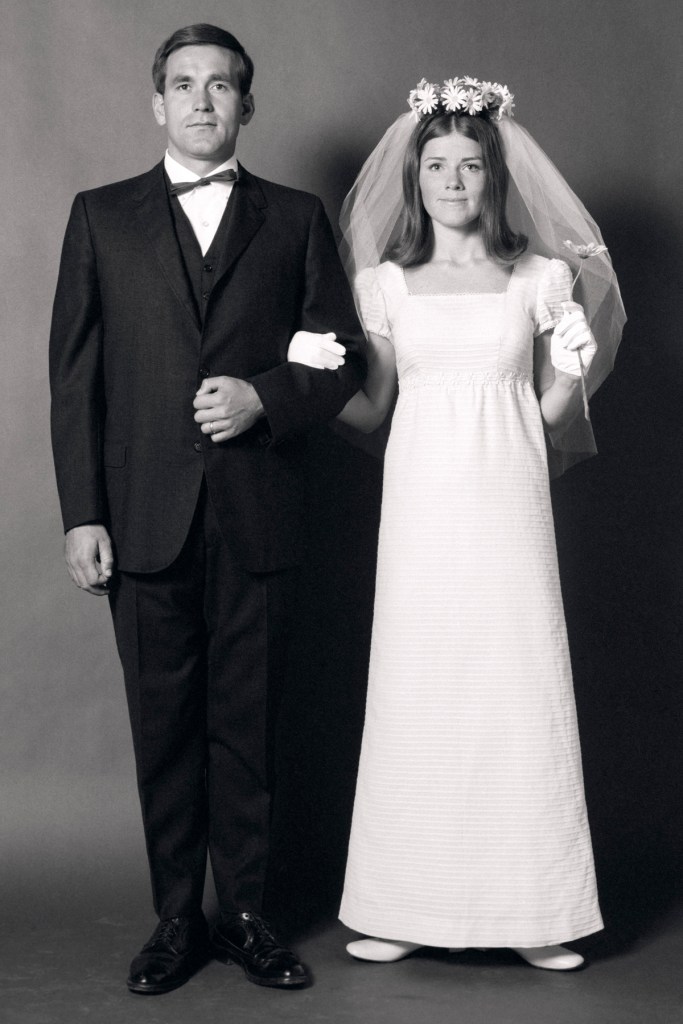
Getty Images Long empire waist dresses are typically associated with the Regency Era captured by Jane Austen. In the '60s and '70s, this style got a fresh new spin, as women embraced the comfortable, simple femininity of these dresses and paired them with trendy accents like daisy crowns. Gently puffed short sleeves and short gloves added a touch of charming insouciance.
-
Ruffled Vintage Wedding Dresses
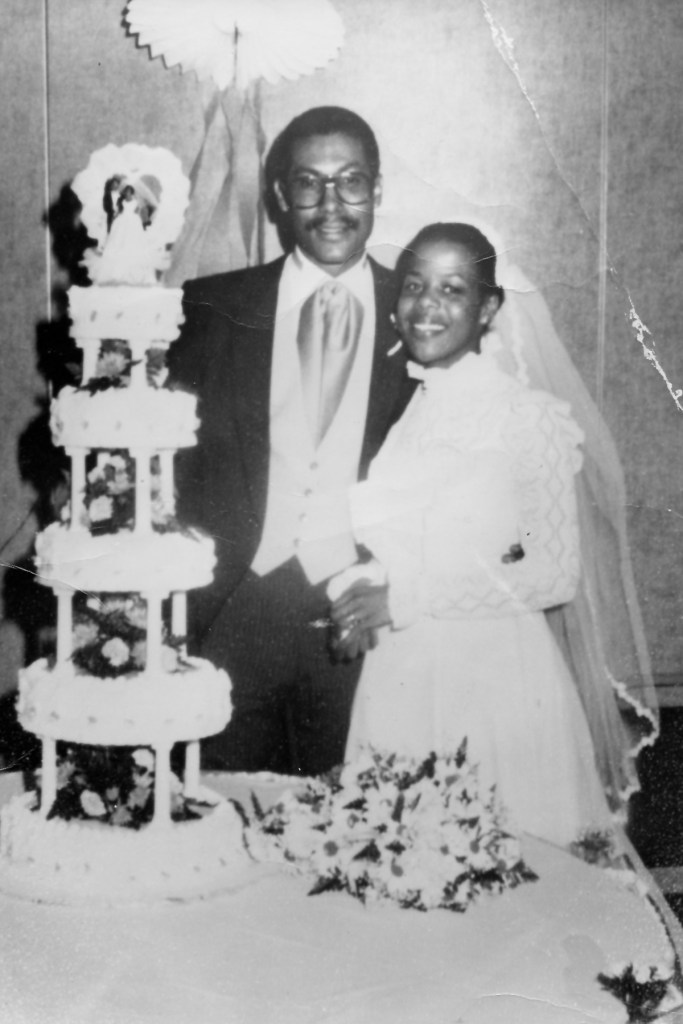
Getty Images The high-necked wedding dresses of the '70s also often featured ruffles. Skirts would often be tiered, and ruffles would embellish necklines and sleeves, giving the a look of Little House on the Prairie-style sweetness and nostalgia.

